- Elnaz Navidi Mjd
- information
- 445 views
- 0 comments
In this article, we list Canada's National Parks and highlight some of the most iconic and lesser known, and in the final section we discuss the ongoing efforts to protect and preserve these areas, we have a common FAQ where you can find your questions.
Table Of Content
- About Canada's National Parks
- Preserving Nature for Future Generations
- The Ecological Importance of Canada's National Parks
- Which Province in Canada Has The Most National Parks?
- Iconic National Parks Across Canada
- Lesser-Known Canada's National Parks
- Challenges and Conservation Efforts National Parks
- The Future of Canada's National Parks
- FAQs About Canada's National Parks
- The Last Word of CyrusCrafts About Canada's National Parks
About Canada's National Parks
Canada's national parks provide an amazing reminder of the nation's natural beauty and passion to environmental preservation. These national parks provide breathtaking views and protect large tracts of wilderness. They symbolize Canada's strong bond with nature and its commitment to preserving it for coming generations, from the majestic Atlantic coast in the east to the majestic Rocky Mountains in the west. Visitors can explore a range of habitats, engage in outdoor activities, and support conservation efforts in the more than 48 parks and protected areas.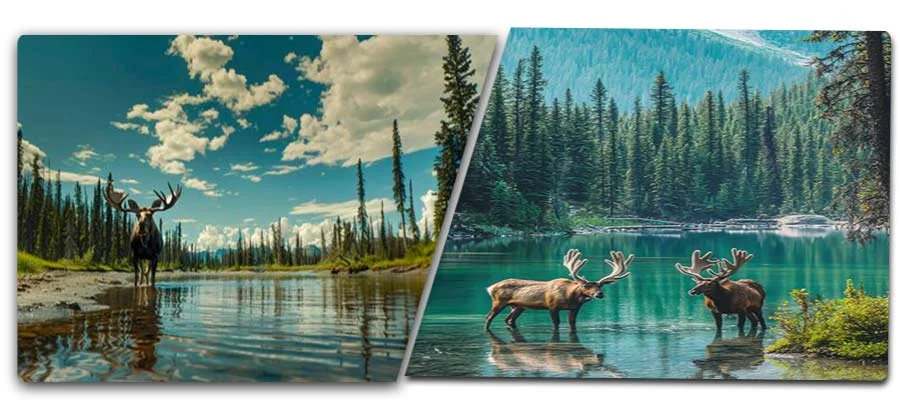
Preserving Nature for Future Generations
When caring for our national parks, they must be beautiful and dynamic. These parks provide people with opportunities to communicate with nature, explore different landscapes, and see wildlife and plants. By caring for these areas, we ensure that future generations can enjoy them as much as we did. National parks are more than just land, they are a precious gift that we pass on intact to those who come after us.
The Ecological Importance of Canada's National Parks
Canada's national parks play a crucial role in protecting the environment and sustaining ecosystem health. There are safe havens for a wide variety of wildlife, including well-known animals like bald eagles, grizzly bears, wolves, and moose. Vulnerable species and ecosystems are also preserved in some parks, like the coastal dunes of Prince Edward Island and the Garry Oak environment of the Gulf Islands. These parks preserve forests, watersheds, and other natural features that are vital to the environment
Cyrus Crafts; Luxury & Unique Products
Which Province in Canada Has The Most National Parks?
British Columbia is the province with the largest number of national parks in Canada, with a total of seven national parks. These parks showcase the province's diverse landscapes, from rugged mountains and lush rainforests to pristine coastlines. Some of the most notable national parks in British Columbia include Yoho National Park, known for its dramatic waterfalls and fossil beds; Glacier National Park, famous for its ancient glaciers and steep Alpine terrain; and the Pacific Rim National Park Reserve, which offers stunning coastal scenery and rich marine ecosystems. Attracting nature enthusiasts from around the world, these parks offer a wide variety of outdoor activities such as hiking, wildlife viewing, and camping while protecting Canada's most spectacular natural environment.
Iconic National Parks Across Canada
There are many national parks in Canada, some of which are better known due to their importance and special features, including:
Banff National Park of Canada
Banff National Park is arguably Canada's most famous national park, drawing millions of visitors each year. Known for its rugged mountains, emerald lakes, and abundant wildlife, Banff offers a stunning array of landscapes. Lake Louise and Moraine Lake are two of the park's most iconic spots, offering postcard-perfect views of turquoise waters framed by towering peaks. The park offers many outdoor activities, ranging from hiking and camping in the summer to skiing and snowboarding in the winter. With its extensive network of trails, including the famous Plain of Six Glaciers hike, Banff invites visitors to discover its expansive wilderness. It's interesting to know that the Northern Lights can be seen in this park. We recommend you check out the article " Canada's National Parks ".
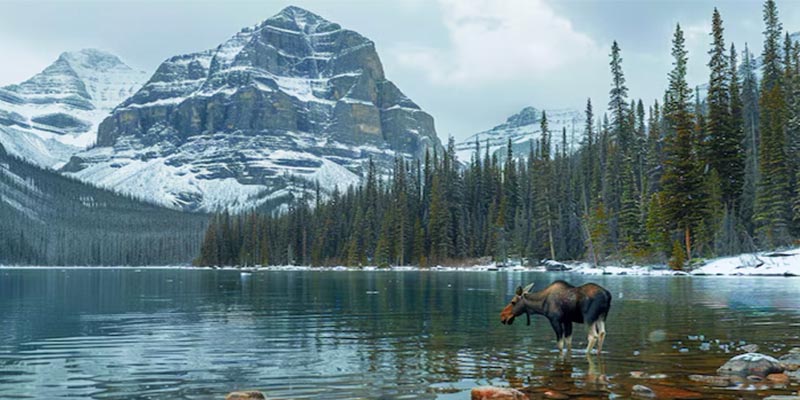
Jasper National Park – A Tranquil Escape
Jasper National Park is the largest national park in the Canadian mountains in Canada, north of Banf. Although both parks give a great view of the mountains, many people believe that Jasper is lighter than Bay and less business choices. This is a favorite place for adventure lovers due to its wide open spaces and opportunities to spot wildlife. Considered one of the most beautiful drives in the world, visitors can often see bighorn sheep, moose and black bears on the Icefields Parkway. You can also explore the historic glaciers in the Colombian icefhery, the largest ice field in the rocky mountains, which includes the famous Athabasca glacier.
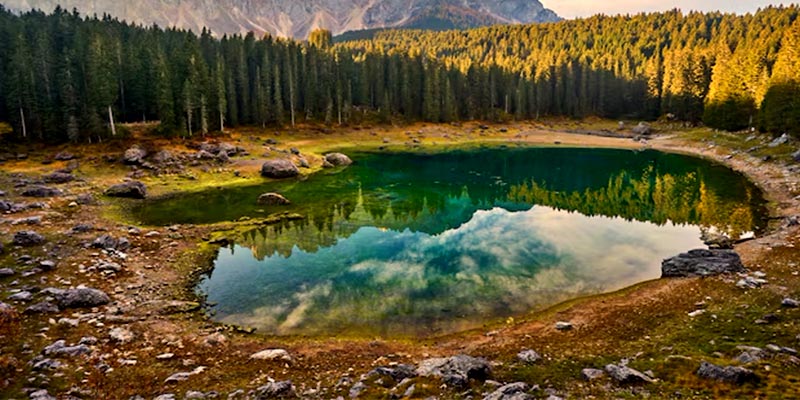
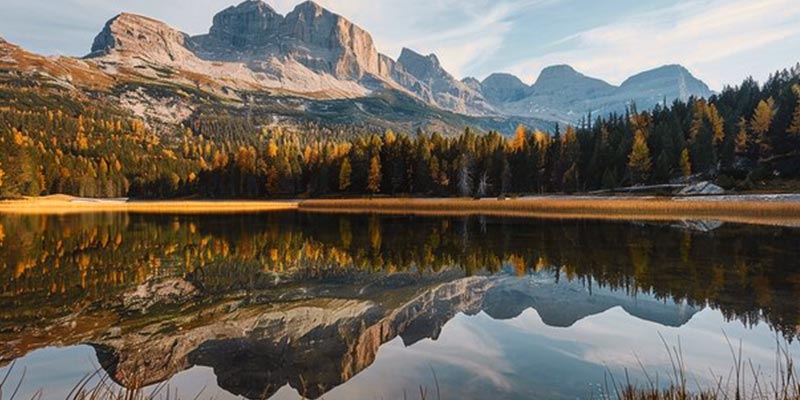
Gros Morne National Park – A UNESCO World Heritage Site
Gros Morne National Park and Labrador are the real geological treasures. The park is famous for its amazing fjords, and coastal and unusual rock formations. Gros Morne's extraordinary natural beauty and scientific importance have led to its inclusion on the UNESCO World Heritage List. Visitors can explore the park's varied landscapes, from the majestic cliffs of Seabrook Pond to the wild open-mantle highlands.
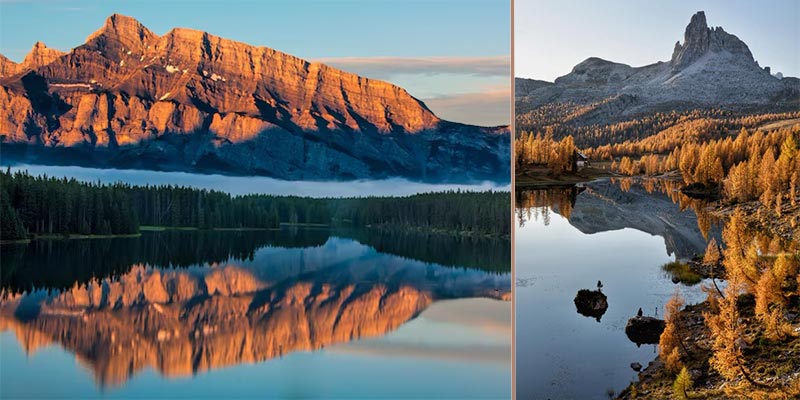
Pacific Rim National Park Reserve – A Coastal Paradise
On the west coast of Vancouver Island, the Pacific Rima National Park provides a beautiful stage mountain park landscape. The Pacific Circle is a paradise for surfers, juicy rain forests and strong coastal rocks with its long beaches, juicy rain forests and strong coastal rocks. The park is divided into three areas: Long Beach, Broken Group Islands, and the West Coast Trail. Long Beach is famous for its wide sandy shores and great spots for storm-watching, while the West Coast Trail is one of Canada\'s most well-known and challenging multi-day hikes, stretching 75 kilometers along the rugged coastline.
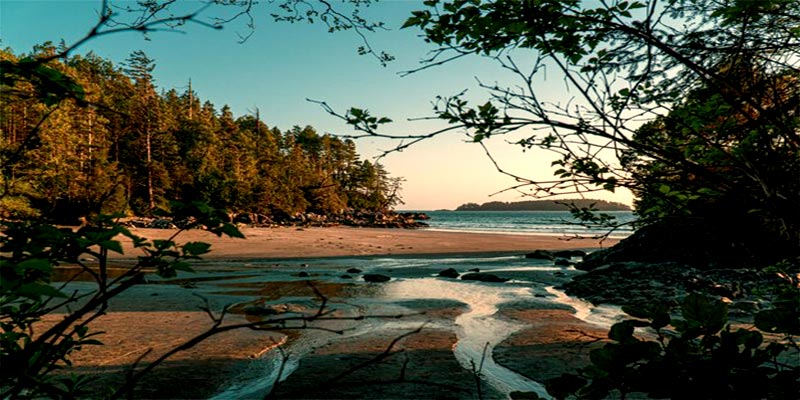
Nahanni National Park Reserve – A Wilderness Adventure
Located in the Northwest Territories, Nahanni National Park Reserve is one of Canada's most remote and wild national parks. Famous for the dramatic Virginia Falls, which are nearly twice the height of Niagara Falls, Nahanni is a haven for adventurous travelers seeking solitude and raw wilderness. The park's rivers and canyons offer world-class opportunities for whitewater rafting, while its vast landscapes are home to a variety of wildlife, including grizzly bears, wolves, and Dall sheep.
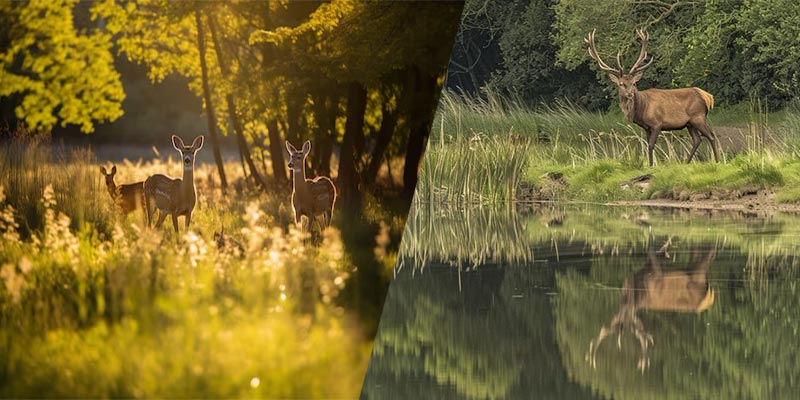
Lesser-Known Canada's National Parks
Although iconic parks often attract people's attention, Canada is the location of many slightly known national parks. The Crayon National Park and Spare in the Yukong area are the primitive deserts known for its southern mountains and huge glaciers. It’s home to Canada’s highest peak, Mount Logan, and offers some of Canada’s best hiking and climbing opportunities. Oyutuk National Park on Baffin Island in Nunavut showcases the rugged beauty of the Canadian Arctic. Its growing granite rocks and wide glaciers form a sharp contrast with the surrounding infertile moss. In the province of Ontario, Pukaskwa National Park is a hidden gemstone on the north coast of Lake Subric. It offers a rugged coastline, boreal forests, and the chance to experience the true wilderness without the crowds.
Challenges and Conservation Efforts National Parks
The Future of Canada's National Parks
The future of Canada's national parks depends on achieving a balance between protecting the environment and addressing the growing challenges posed by climate change, tourism, and development. As global warming intensifies, the delicate ecosystems within these parks face significant threats, making it essential to take proactive steps to preserve biodiversity. Parks Canada will need to enhance its efforts in habitat restoration, wildlife management, and controlling invasive species, all while accommodating a rising number of visitors that can put a strain on park resources. One of the most hopeful developments is the strengthening partnership with Indigenous communities. By incorporating Indigenous knowledge and practices into park management, there's a real opportunity for sustainable conservation that honors both the land's cultural heritage and its ecological importance. Technology and research will also be vital in shaping the future. Innovations in environmental monitoring, climate adaptation strategies, and sustainable tourism practices can provide valuable guidance. Ultimately, the future of Canada's national parks will rely on a commitment to ecological integrity, creative conservation strategies, and a growing appreciation for the interconnectedness of people and nature.
FAQs About Canada's National Parks
How many national parks are there in Canada?
Canada is home to 37 national parks and 11 national park reserves, which cover around 343,377 square kilometers and represent 31 of the country's 39 land-based natural regions.
What is Canada's most famous park?
Banff is Canada's most visited national park, attracting over 4 million visitors annually.
What is Canada's smallest national park?
Georgian Bay Islands National Park, located within the world’s largest freshwater archipelago, is Canada’s smallest national park, covering just 14 square kilometers.
What is Canada's newest national park?
At its core is Thaidene Nëné National Park Reserve, Canada's newest national park.
The Last Word of CyrusCrafts About Canada's National Parks
To wrap up, this article explored the significance of Canada’s national parks, from their legacy of conservation to their ecological importance. We also discussed which province has the most national parks and the unique environments they protect. Additionally, we highlighted some of the iconic national parks across the country. Finally, we’ve addressed some common questions you might have. If you have any more questions, feel free to ask in the comments section, and rest assured, no question will go unanswered.









Comments (0)